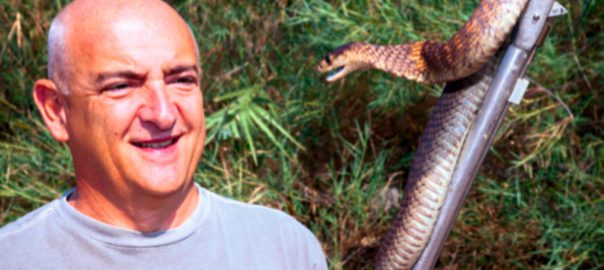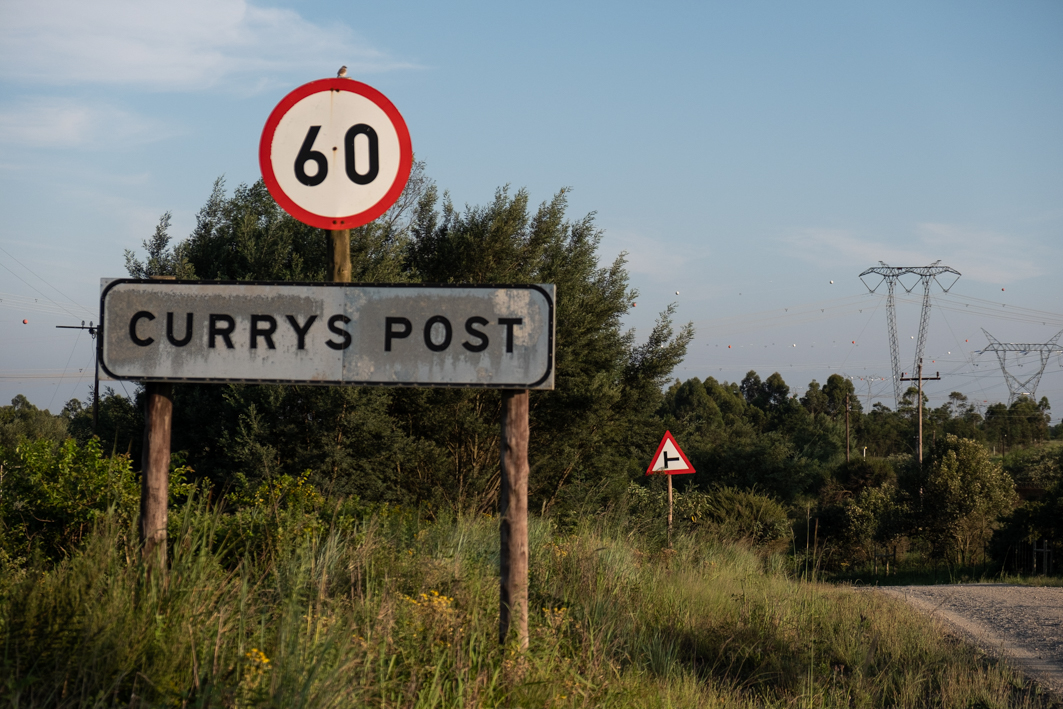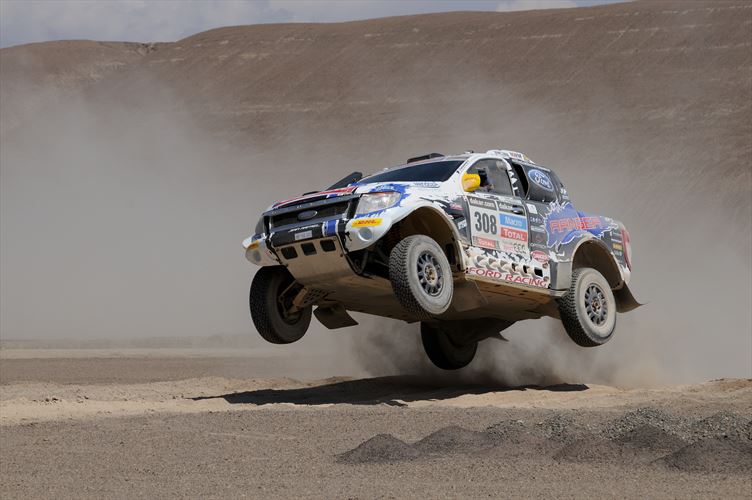With around a dozen fatal snakebites in SA annually, and an abundance of venomous snakes, 19 of which are capable of delivering a deadly bite, it is obvious that snakes avoid people at all costs and unprovoked attacks rarely happen. Stories of people being chased and attacked by the Black Mamba are common, but they are just stories.
Snakes have a variety of enemies and form an important part of the food chain for many predators. These predators include birds like eagles and Secretary Birds, carnivores, including leopard, genets, mongooses, and honey badgers, and a variety of reptiles like crocodiles, monitor lizards and of course snake-eating snakes.
During studies on Puff Adder behaviour in Denokeng Reserve north of Pretoria, the research team from Animal, Plant and Environmental Sciences at Wits University found that close on 50% of their study animals were eaten by Snouted Cobras over a few years.
Several snakes eat snakes, including cobras, the non-venomous File Snake, several sand and grass snakes, the Twig Snake and even the Boomslang, to mention just a few.
To avoid danger, snakes have developed various strategies, and the vast majority of them are quick to escape. Many rely on their acute senses, quickly sensing vibrations as predators approach, and will disappear down the nearest mammal or invertebrate burrow, or into a rock crack. Although they do not move especially fast (maximum speed of a snake is in the region of 15 km/h and only over a short distance), reptiles have a burst of energy when escaping and their camouflage colours make it very difficult to accurately follow such movement. A variety of snakes will dash into the nearest patch of grass or into a shrub or tree, where they will either freeze or climb higher.
Being ectotherms, snakes are fond of basking to warm up, but it is very risky and being exposed could result in an early death. Basking is often done while well concealed. Some snakes like the Puff Adder and Gaboon Adder rely on camouflage to escape detection and will spend most of their lives in hiding. To see a Puff Adder in camouflage mode is very difficult and most predators will not see the snake. Even reptile scientists rarely see Puff Adders in camouflage mode and largely rely on seeing them on the move at night. When camouflaged, a Puff Adder will rarely strike or puff as that will give away its presence.
Other forms of self-defence include remaining underground most of the time as the File Snake does. They can spend most of the year in underground burrows and will find food there, coming onto the surface at night only when absolutely necessary.
Mimicry is well known in snakes, where a harmless snake might have similar colours or behaviour to a venomous snake in order to deter predators. It is said that the Rhombic Egg-eater mimics the venomous Rhombic Night Adder, in that it has very similar markings. It may also mimic the venomous Saw-scaled Viper in behaviour as it coils and uncoils its body in a very similar manner and will rub its toughly-keeled scales together to emit a hissing sound.
Cobras and the Black Mamba may spread a hood when cornered or threatened in order to look bigger and more intimidating. The ribs in the neck region are pushed out and the loose skin is stretched to form a hood. Other snakes, like the Boomslang and Twig Snake, are extremely reluctant to defend themselves and rather choose to flee, but if necessary they will stand their ground and inflate their necks. Once the neck is inflated, they strike with meaning. Other snakes, like the Rinkhals, Cape Cobra, various grass snakes, the Natal Black Snake and the Herald Snake may sham death when threatened. The snake will lay on its back with its mouth open and “look dead”, hoping that any predator might just refuse to eat a dead animal, as they prefer to kill their own.
Snake venom, though highly effective when killing prey, does not help much in self-defence, as it will rarely kill a large predator quickly. It also comes at a cost, as it requires considerable energy to produce venom, and snakes are reluctant to waste it. Except of course in spitting snakes. Although a great deal of venom is expelled when spitting, it is highly effective and instantly burns the eyes of any predator, allowing time for the snake to escape.
Using venom in self-defence is thus seldom an option unless it is used as a last resort – when being killed by a predator. But while the predator is a metre or more away, a snake will do its utmost to escape or to try and scare off the predator. No snake will cover several meters of ground to attack a predator.
Humans are another threat and snakes will react in the same way they do to any other form of danger – escape if possible, otherwise adopt another form of self-defence like hooding or perhaps spitting, and, if trodden on or cornered, a snake may well bite.
But no snake is going to approach a person from a few meters away and attack. Nor will any snake chase after you. It just doesn’t make sense. – Johan Marais








